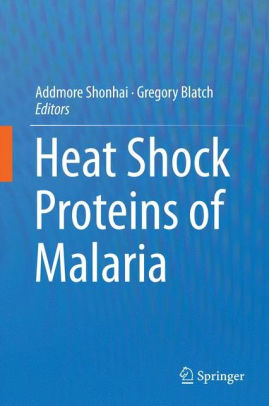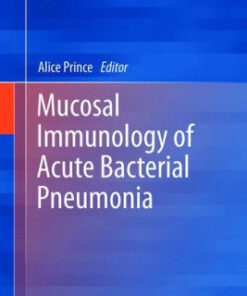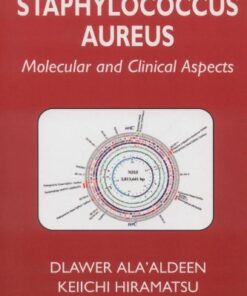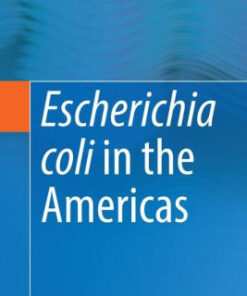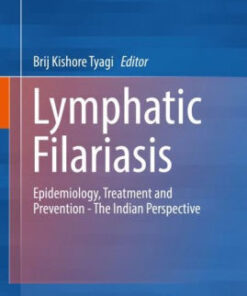(PDF) Heat Shock Proteins of Malaria By Addmore Shonhai
$18.00
Download instantly Heat Shock Proteins of Malaria By Addmore Shonhai, Gregory Blatch. It is ebook in PDF format.
ISBN-10: 9400774370 ISBN-13: 9789400774377
Preview
This is the PDF eBook version for Heat Shock Proteins of Malaria By Addmore Shonhai, Gregory Blatch
Table of Contents
Contributors
Chapter 1 The Importance of Molecular Chaperones in Survival and Pathogenesis of the Malaria Parasit
References
Chapter 2 General Structural and Functional Featuresof Molecular Chaperones
Introduction to Molecular Chaperones and Stress at a Cellular Level
Classification of Heat Shock Proteins as Molecular Chaperones
Foldases: Molecular Chaperones Involved in Protein Folding
The Hsp60/Chaperonin Family of Molecular Chaperones
The Hsp90 Family of Molecular Chaperones
The Hsp70 and Hsp110 Family of Molecular Chaperones
The Hsp40 Family of Molecular Chaperones
Holdases and Unfoldases: Molecular Chaperones Involved in Protein Aggregation and Degradation
The Small Heat Shock Protein Family (sHSP)
The Hsp100/Clp Family of Molecular Chaperones
Heat Shock Proteins are Essential for the Survival of Plasmodium falciparum
References
Chapter 3 The Role of Hsp70s in the Development and Pathogenicity of Plasmodium Species
Introduction
The Role of Plasmodial Heat Shock Proteins at the Host-parasite Interface
The Structural and Functional Features of Hsp70
Hsp70s from P. falciparum
Cytosol Localised Hsp70s
PfHsp70-1
PfHsp70-z
Endoplasmic Reticulum Hsp70s
PfHsp70-2
PfHsp70-y
Mitochondrial Hsp70
Exported Hsp70
The Role of Parasite Heat Shock Proteins in Host Cell Remodelling
PfHsp70-x
Conclusion
References
Chapter 4 Role of the Hsp40 Family of Proteinsin the Survival and Pathogenesis of the Malaria Parasi
Introduction
Structural and Functional Features of Plasmodial Hsp40s
Implications of the Expanded Plasmodial Hsp40 Arsenal
Localisation and Expression of Hsp40s in the Malaria Parasite
Hsp40s of Plasmodium falciparum
PfHsp40
Pfj1-4
Exported Hsp40s
Conclusion
References
Chapter 5 Role of Hsp90 in Plasmodium falciparum Malaria
Heat Shock Protein 90: A Potentiator for Pathogen Acclimatization
PfHsp90: Biochemical Characterization
The Role of PfHsp90 in the Cell: Heat Shock and Stage Transition
The Role of Host Hsp90 in P. falciparum Infection
Conclusion
References
Chapter 6 The Role of Parasite Heat Shock Proteins in Protein Trafficking and Host Cell Remodeling
Introduction to Protein Trafficking in Plasmodium
Getting Ready for Export: Protein Synthesisin the ER to the PPM
Protein Trafficking Across the Parasitophorous Vacuole
Translocation
Hsp101
Hsp70-x
Other Chaperones Identified in the PV
Refolding of Exported Proteins in the Erythrocyte Cytoplasm
Trafficking to the Final Destination in the Host
Erythrocyte Membrane Chaperones
Knob Associated Chaperones
J-dot Chaperones
Conclusion
References
Chapter 7 Role of Heat Shock Proteins in Immune Modulation in Malaria
Introduction
Parasite Heat Shock Proteins
Host Heat Shock Proteins
Future Perspectives with Respect to New Treatment Strategies for Malaria
References
Chapter 8 Establishment of Plasmodium falciparum Extracellular Compartments in its Host Erythrocyte
Introduction
The Parasitophorous Vacuole, Special Biological Niche and Host Cell-parasite Interface
The PV Lumen Proteins, Mostly Chaperones and Proteases
The PV Membrane, Nutrient Import and Protein Export
The Maurer’s Clefts are Central to the Erythrocyte Remodelling by Plasmodium falciparum
P. falciparum Exported Chaperones and Co-chaperones
Hsp70
Hsp90
Hsp40 Chaperones
The TCP-1 Ring Complex Group II Chaperonin
Prefoldins
Cyclophilins
P. falciparum Chaperones and the Proteostasis of the Parasitophorous Vacuole and the Maurer’s Clefts
Concluding Remarks
References
Chapter 9 Chaperones and Proteases of Plasmodium falciparum
Overview of Molecular Chaperones and Proteases
Molecular Chaperones of P. falciparum
Hsp90
Hsp70
Hsp40
Hsp60
Proteases of P. falciparum
Proteasome
Clp Proteases
Concluding Remarks
References
Chapter 10 Heat Shock Proteins as Targets for Novel Anti-Malarial Drugs
Introduction
Hsp70-Hsp40 Molecular Chaperone System
Inhibitors of Hsp70-Hsp40 Chaperone Function
Pyrimidinone Based Inhibitors
ATP Mimics as Inhibitors
Exported Hsp70s and Hsp40s as New Drug Targets
Hsp90 Molecular Chaperone System
Plasmodium Falciparum Hsp90 as a Drug Target
PfHsp90 Inhibitors as Anti-Malarials
References
Chapter 11 Heat Shock Proteins of Malaria: What Do We Not Know, and What Should the Future Focus Be?
References
Index
